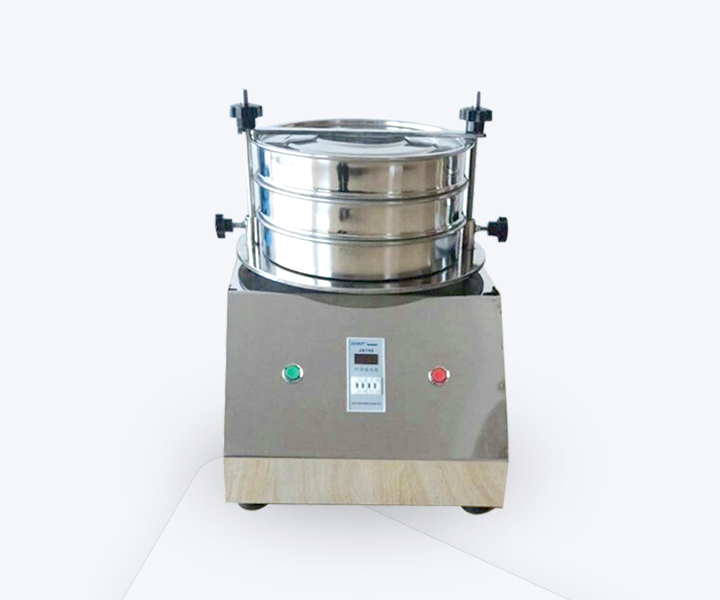Compared with industrial vibrating screens, test sieve do not undertake large-scale material sorting and screening tasks, but are used in laboratories such as institutions of higher learning, research institutes, laboratories, production control rooms, etc. The particle size and components of a specific material are accurately separated, verified and measured. Therefore, the model of the laboratory vibrating screen is relatively small. The national standard laboratory vibrating screen is usually 200 mm in diameter, and is also customized to 100 mm, 300 mm, 400 mm, etc. according to requirements. The same is true for the diameter of the screens that are used. The smaller diameter screens used on test sieve are also called test screens. What are the classifications of the test screens? This is the relevant introduction.

Under normal circumstances, we divide the test sieve grid into the following three categories according to the different manufacturing processes of the screen:
Wire woven mesh screens are the most widely used in test sieve and industrial vibrating screens, and have the characteristics of low cost, wide application range, light weight and durability. The mesh shape of the sieve can only be a square hole, and the mesh size is between 2.36 mm and 0.02 mm.
The wire mesh type laboratory vibrating screen is suitable for mesh with large mesh size, because its relative precision is the lowest (allowing large mesh), and the mesh may be deformed with the increase of service life due to the wire. The flexibility is strong, so it should be protected during use and replaced regularly to avoid damage due to mesh deformation.

Also known as a plate-shaped sieve, or a metal perforated screen, it is a test sieve that directly punches a fixed-size and size sieve hole on a steel plate or other sieve material. It is firm and suitable for materials with high density and large impact on the screen surface and irregular shape.
Common perforated plate test sieves are mostly square or round in shape, and customers can customize according to the characteristics of their materials. Such as round hole asphalt collection sieve, round hole coal sample sieve, etc.
This kind of screen is produced by electrochemical method with the highest precision. The theoretical precision can reach one micron, but the corresponding cost is also high. It has a good application in high precision laboratory scenes. The disadvantages are poor flexibility, cracking, and high cost.
Compared with the medium and large-sized vibrating screens and linear screens used in common industries, the key to the test sieves is that they have stricter requirements on the standardization of mesh and pore size, and they must be strictly produced according to national standards. The standard sieve screen produced by Dahan test sieve production is a standard sieve conforming to the national standard GBT6003-1997 or the international standard ISO3310-1:1990. The sieve frame is made of stainless steel (SUS304), the diameter is 200mm, the height is 50mm, and the wall thickness is 0.6mm. The 120# is made of copper mesh. The following is made of stainless steel mesh. If you have special requirements, we can design and produce according to your requirements.
Address:China,Yanjin county forest park gate to the west 1000 meters north road.